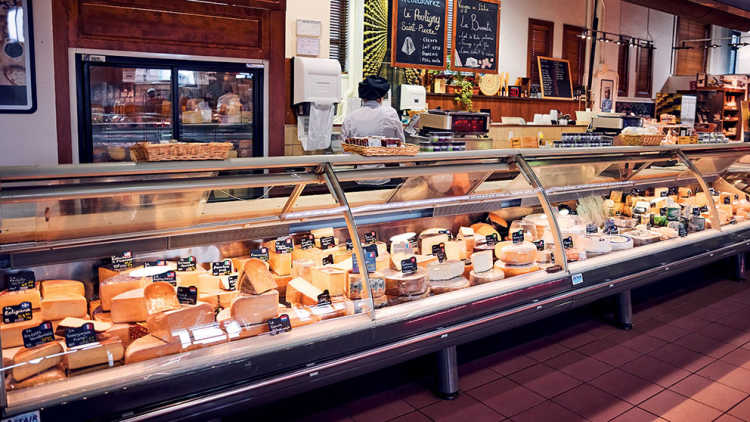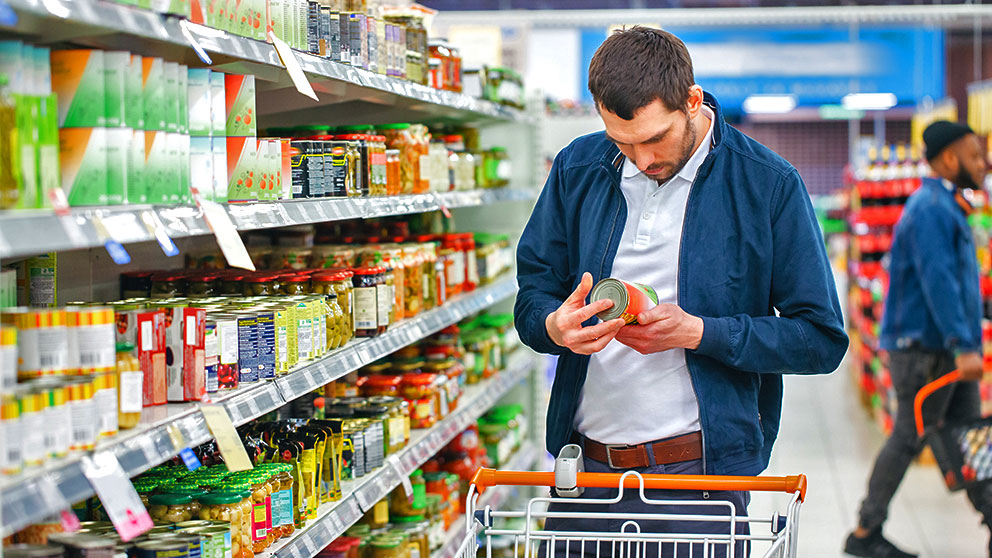How to select the best distribution channels for your food and beverage products

Food and beverage processors put a great deal of effort into product development and production. It takes a lot of work, investment and time to develop and successfully launch a product. But the work doesn’t stop there – ample resources are also needed to get the products into the right channels.
Consider the various available distribution channels, even as you develop ideas into products. The channels you target for distribution can impact your product development in terms of product size, case pack, shelf-stable versus refrigerated, whether it’s for the foodservice industry or home consumption and many other factors.
Products consumed at home can be sold direct to consumers, in retail stores or online. If your product is for foodservice, it may be in a commercial location such as a full or quick service restaurant or an institutional setting like a hospital or cafeteria.
Here are some key points to consider when selecting the best distribution channels:
Who’s your target market?
First, determine who’s most likely to buy your products. When you have a good definition of your target market, use this information to assess where you have the best chance of getting your product in front of them.
When you have a good definition of your target market, use this information to assess where you have the best chance of getting your product in front of them.
For example, if your product is positioned to appeal to consumers interested in fitness, then you might consider selling your product at gyms or other fitness facilities. If your product is a gourmet food product, specialty stores would be a viable option.
Many food and beverage processors opt to begin selling products direct to consumers. Take this as an opportunity to learn where else consumers are most likely to shop. As the business grows and consumers indicate they buy in traditional grocery stores, these are the stores to target with sales efforts for expansion.
Cheese, for example, is a product sold direct as processors build capacity, and traditional grocery stores are a good fit since the deli department can help consumers find the cheese.
If your target market is the foodservice realm and your product is a specialty item that requires some culinary knowledge, then full-service restaurants should be the target. They have the staff and the economic model to support your product. Suppose your business is built to produce considerable volume with a ready-to-eat product. In that case, it’s more likely to succeed in an institutional setting where they’re preparing large amounts at lower prices.
What’s your capacity?
Second, consider your capacity. You’ll need to find channels with demand in line with the amount of product you can produce. Sometimes small specialty retailers with three or four stores might be able to sell the output from your initial production.
Once you establish sales trends, you can determine which stores to sell through next to reach your target consumer and grow your production according to demand.
How will you get the product out?
The physical distribution of your product is another factor to consider when selecting the distribution channels.
You need the ability to get your items from your production facility to the stores, outlets or wherever the consumer will find your products. This can be costly and time-consuming. It’s also complicated if your products need to be refrigerated or are time-sensitive.
Price point
The outlets that sell your product will need to make a profit from these sales. Different channels will have different profit expectations. Even departments within the same channel will have different profit expectations – smaller specialty stores will probably want to make a higher margin percentage than higher volume retailers. Apply these margins to your delivered price to understand the final retail price.
When volume is low and costs are high, selling in locations such as farmer’s markets can be an option. Processors can use their resources to sell, avoid the additional margins charged by retailers and learn from the direct contact with consumers. This can be a good location to test proof of concept and pave the way for growing sales in other channels.
Making it happen
Once you’ve determined options that deliver to the right consumers and line up with your capacity and ability to distribute, you can begin the work to get your product on the shelf at the right retail.
Here are two key steps:
Make a list
Start with a list of more distribution channels than you require because it’s unlikely they’ll all work out. Some might already have a similar product, or you might find the costs are too high for your business at this time.Develop promotions
Regardless of the distribution channel you select, you’ll need to develop promotions that support your position in the market.Many consumers are interested in products produced in Canada, for example. Whatever your differentiation is, if it resonates with your target market, your efforts will need to be relentless to reinforce it. This includes your packaging, signage you supply, social media, mass media and public relations. Consumers are bombarded with messages, and you must make your story memorable for them.
Bottom line
Selecting the right distribution channel is a very important decision in the successful sales and marketing of your products. You do have options. When you find a distribution channel where your target market is shopping, and you can keep the shelf full of quality products at the right price, your chance of maximizing sales is best.
Article by: Peter Chapman

Learn why building your sales forecast with demand and placement assumptions is a critical exercise for success.

